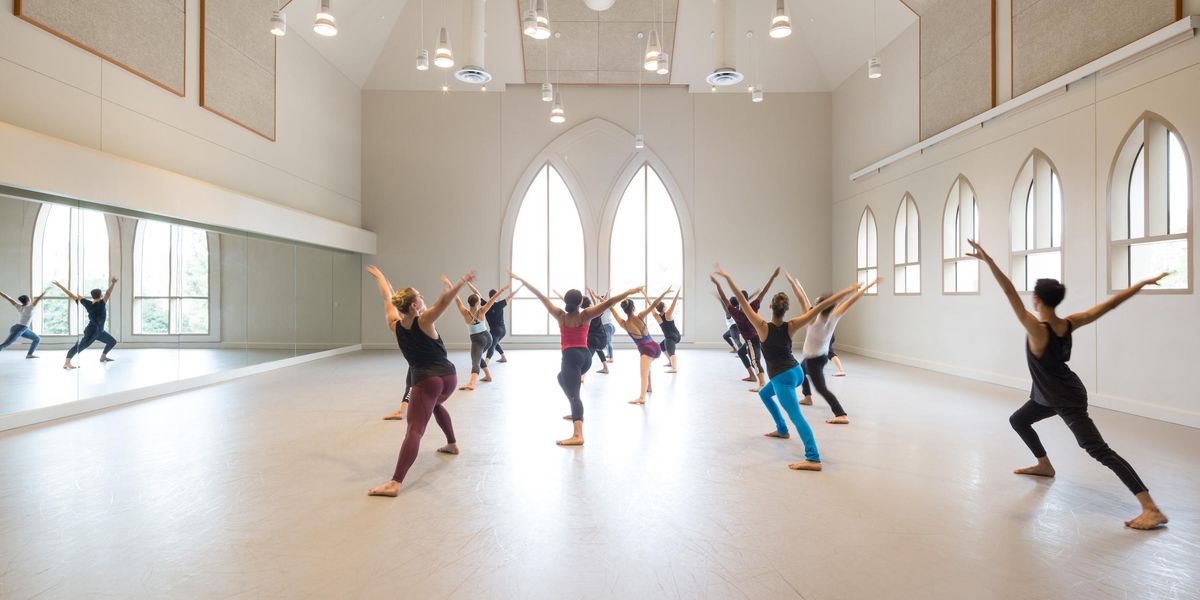Beyond the Broadway Footlights
Rehearsing with dancer Billy Griffin for an Andy Blankenbuehler workshop. Photo by Jeremy Davis.
Alison Solomon’s recent jobs read like a musical theater dream sheet: associate to Broadway choreographer Josh Prince on the current hit Beautiful; associate to choreographer Josh Bergasse on the upcoming revival of Gigi. Her intelligence and uncanny ability to seamlessly slip into a variety of styles, both as a performer and associate, all the while subtly imbuing each movement with the choreographer’s own trademark, has been one of the secrets of her success.
“Alison is versed in so many styles and she has wonderful rhythm,” says Prince. “It’s important that an associate can play many characters, that she can adopt a choreographer’s voice. Alison is intensely smart. If I change a detail, she can adjust quickly, and keep multiple ideas in her body.”
Yet when Solomon, 32, moved to New York City at 18, she was singularly focused on performing; her credits soon included tours of In the Heights and Billy Elliot. But she has learned the benefits of having an offstage role. “Being an assistant adds longevity to your career. There’s a whole different level of fulfillment,” she says. “You can see your effect on a show, like when I coached the young Billys on tour.”
A choreographer’s assistant or associate helps a dancemaker with a variety of tasks, from brainstorming movement during pre-production to coaching dancers during rehearsals, to training a dance captain and maintaining the show during the run. (The associate title carries more authority, and usually only very big shows have both.) Many times, being a dance captain is the first step on the assistant/associate path, as it was for Solomon, in choreographer Marc Robin’s production of Thoroughly Modern Millie. “I didn’t know it before,” she says, “but I’m calm in high-pressure situations, ready with solutions, and know how to give a plan with confidence so that the cast feels secure, too.”
Solomon stresses that when serving as an assistant or associate, you must be scrupulous about fulfilling your role, not use it to maneuver a spot in the show. “Sometimes, you’ll get a performing job based on a relationship you’ve built,” says Solomon. “But when I’m assisting, I’m there to support the choreographer’s work without an ulterior motive. Choreographers know they can trust me because of that.”
Solomon has also come to understand group dynamics. “Learning to read the temperature of the room—and yourself—is one of an associate’s big jobs. As I started assisting more, I needed to get comfortable throwing out ideas and not letting it hurt my self-esteem if my choices weren’t the ones a choreographer went with,” she says. “If you’re in the room doing pre-production, that’s the place to be brave.”
Solomon says that the tug between performing and assisting is real. “You have to be smart about the decisions that you make,” she says. “When I got the offer to be Josh’s associate on Gigi, there was no way I would say no: From a total-life perspective, I want to be in New York, I want to be doing work that inspires me and that’s creatively fulfilling. Whether it’s performing or assisting, if I’m excited, I do it.”




